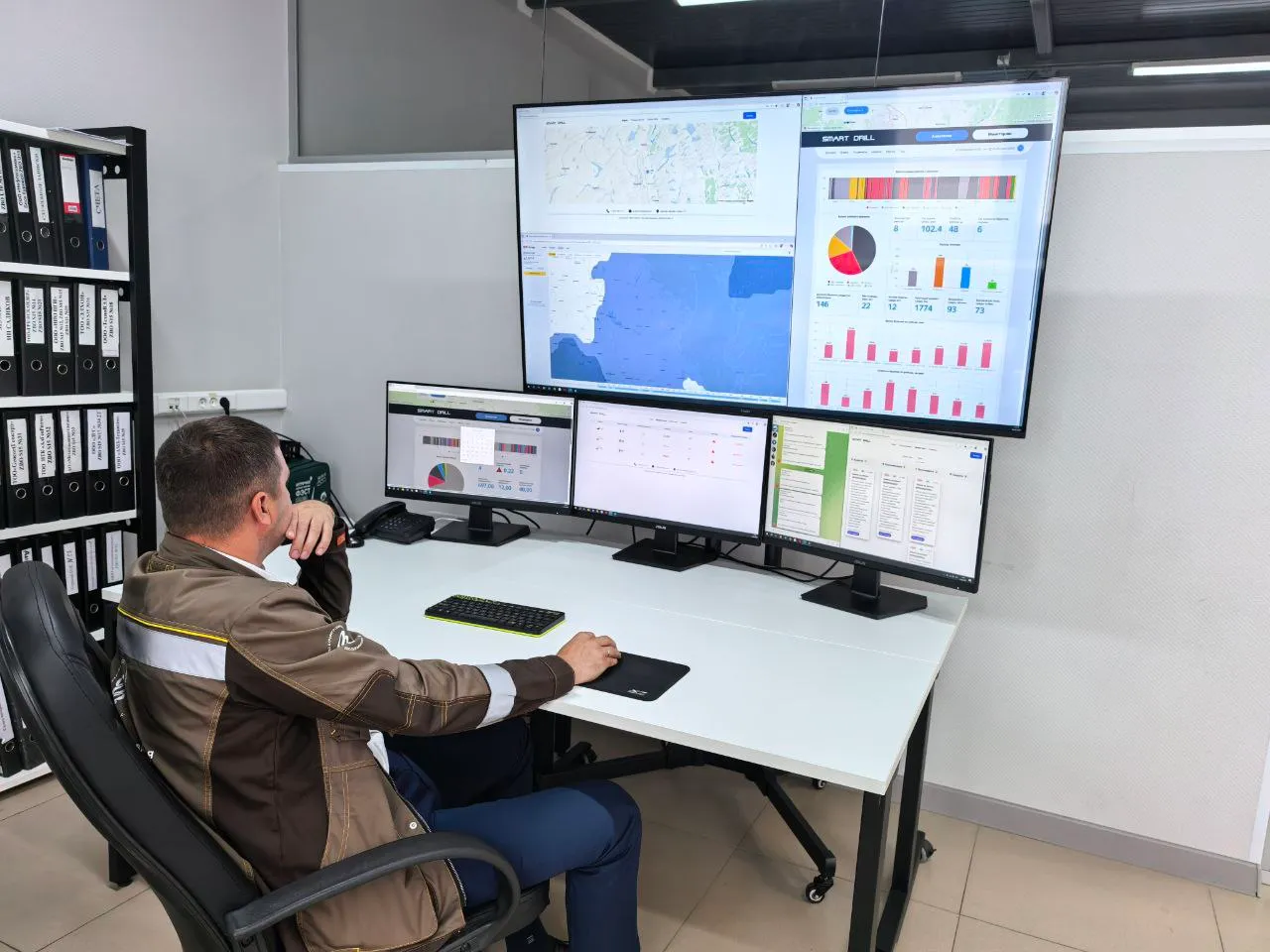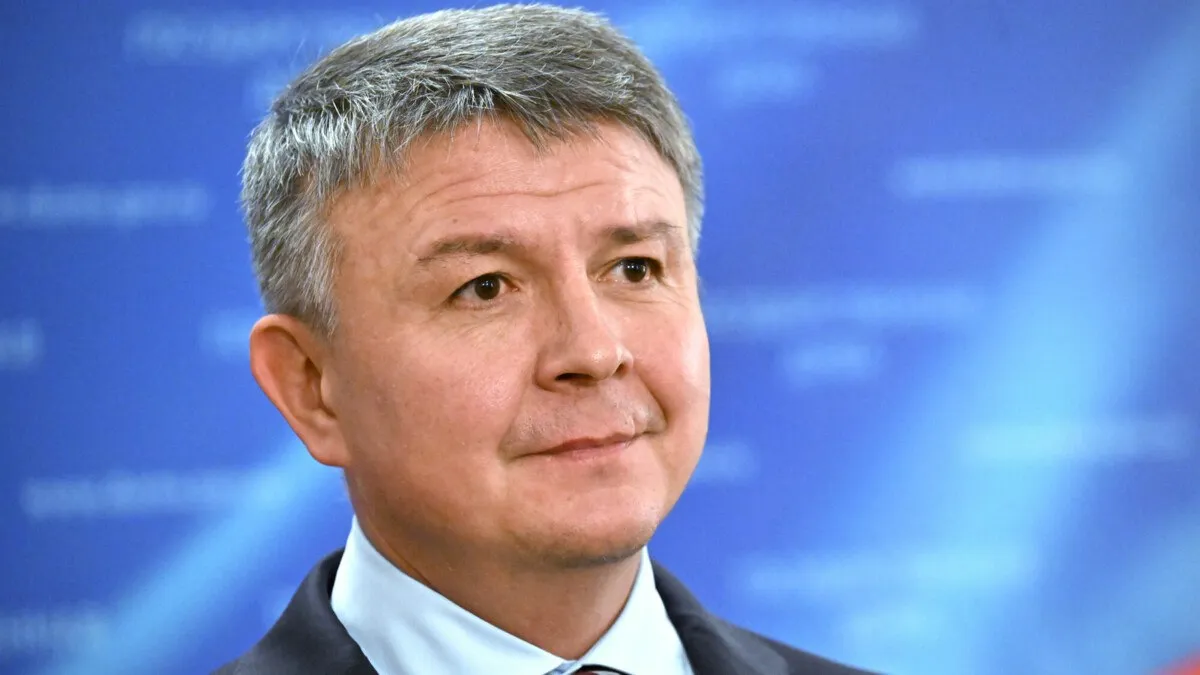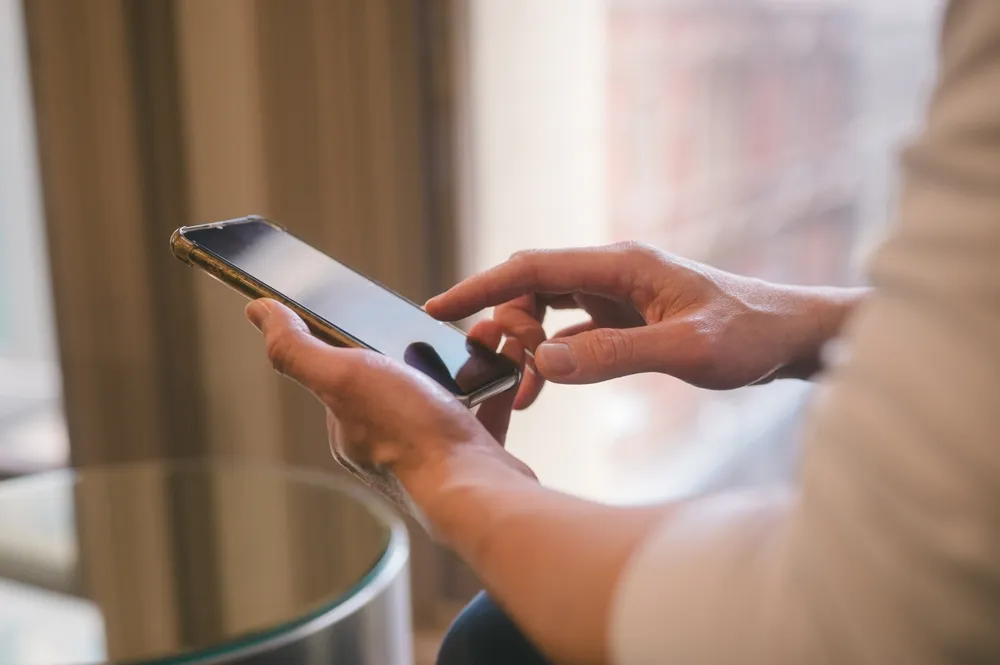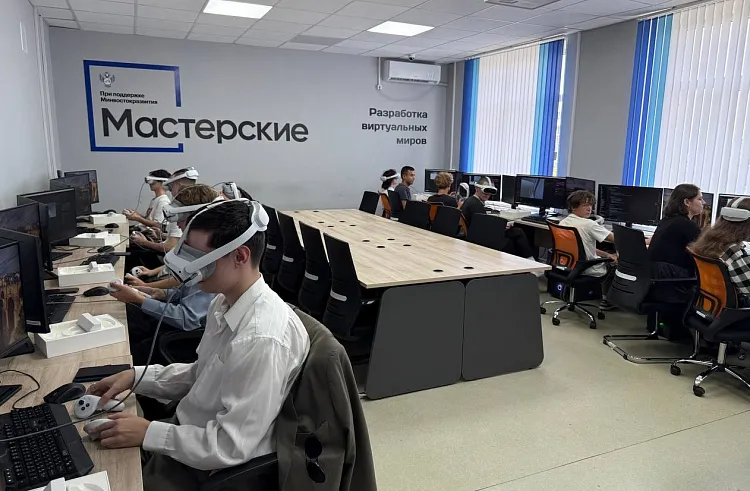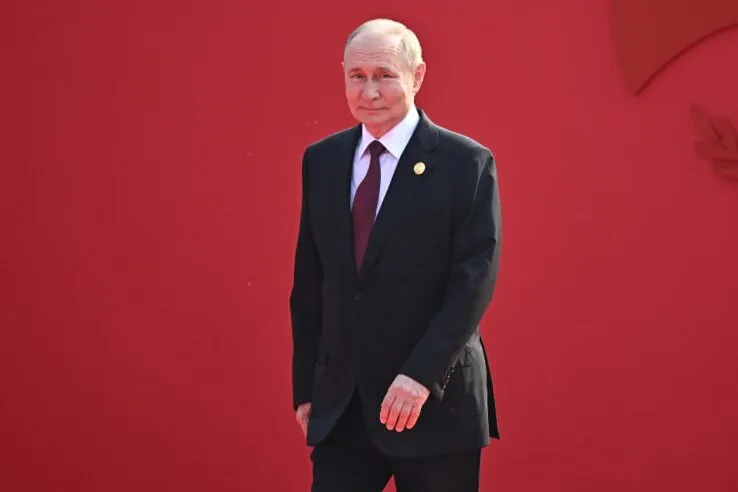Anton Nemkin: “The Digital Ruble Will Make Government Payments Faster, More Transparent, and Safer”
Starting October 1, 2025, Russia will pilot pension and social benefit payments in digital rubles, making budget transfers quicker, more transparent, and secure. Participation will remain voluntary for all citizens.
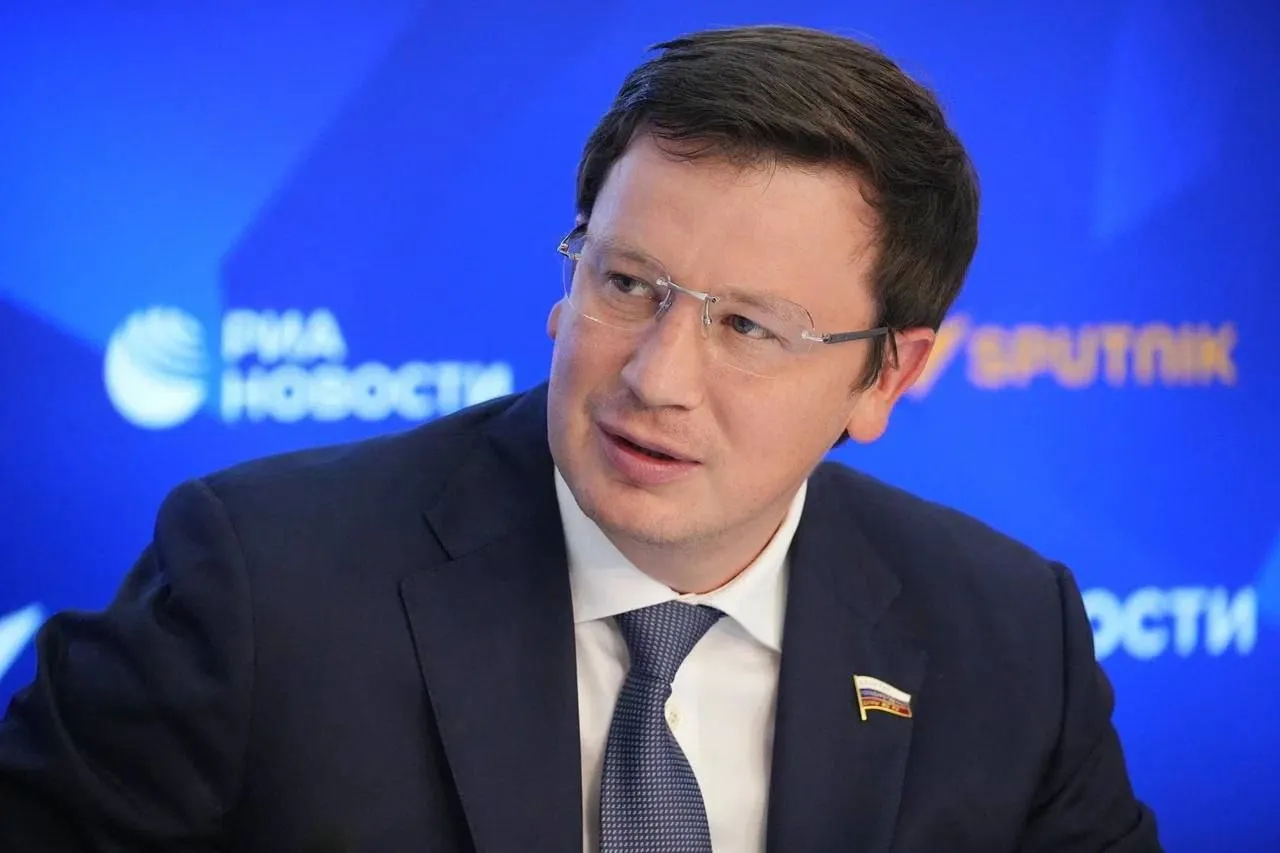
On October 1, selected Russian regions will begin the first pension and social benefit payments in digital rubles. This marks the practical phase of introducing the Bank of Russia’s digital currency after months of testing. Initially, only certain types of federal benefits will be paid out in the new format. Beginning in 2026, however, the government plans to move all federal payments—including scholarships and public sector salaries—onto the digital ruble platform.
Citizens will not need to switch banks or install new software to access the system. The digital ruble will appear as an additional account in their existing banking apps. All transactions between digital ruble wallets will be instant and free. At any time, users can cash out by transferring funds to a regular ruble account or card.
According to Anton Nemkin, a member of the State Duma Committee on Information Policy, Information Technologies, and Communications, as well as the coordinator of the Digital Russia project, the introduction of the digital ruble for social payments is a significant step that opens new convenient opportunities for citizens.
Equally important, participation will be strictly voluntary.
In his view, the rollout of social payments in digital rubles is more than a technical update. It represents a fundamental step toward greater transparency and efficiency in government financial flows. The technology guarantees that money will reach recipients without delays or intermediaries. For citizens, it means stronger control and security over their finances, while for the nation it signals a shift toward the digital economy of the future.





